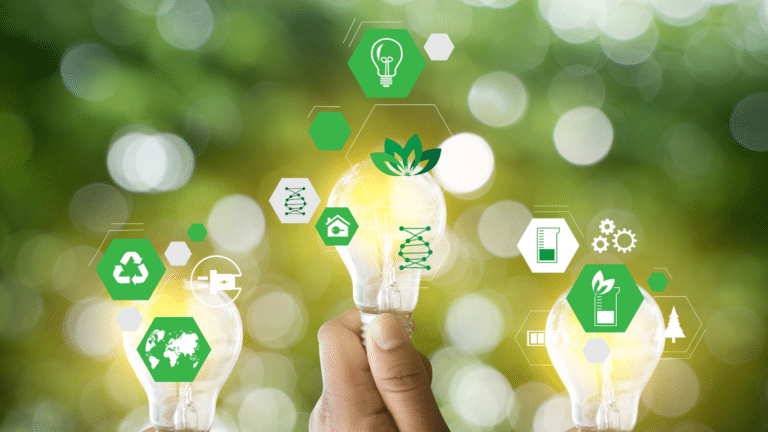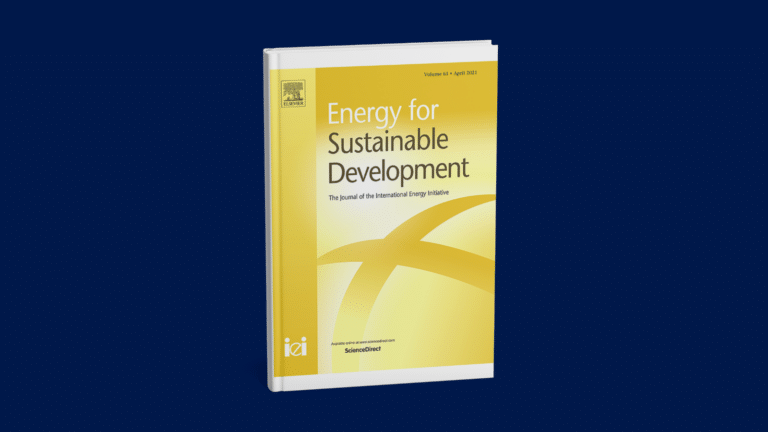This report represents the research and views of the author. It does not necessarily represent the views of the Center on Global Energy Policy. The piece may be subject to further revision. Contributions to SIPA for the benefit of CGEP are general use gifts, which gives the Center discretion in how it allocates these funds. More information is available here. Rare cases of sponsored projects are clearly indicated.
For a full list of financial supporters of the Center on Global Energy Policy at Columbia University SIPA, please visit our website. See below a list of members that are currently in CGEP’s Visionary Annual Circle.
-
CGEP’s Visionary Annual Circle
-
(This list is updated periodically)
Air Products
Anonymous
Jay Bernstein
Breakthrough Energy LLC
Children’s Investment Fund Foundation (CIFF)
Occidental Petroleum Corporation
Ray Rothrock
Kimberly and Scott Sheffield
Tellurian Inc.
Executive Summary
Latin American and Caribbean (LAC) countries are among the most vulnerable in the world to climate change, experiencing at least one extreme weather-related event per country, on average, every three years over the past two decades. As signers to the Paris Agreement, LAC countries established nationally determined contributions (NDCs), pledging to significantly reduce greenhouse gas (GHG) emissions by 2030 and become net zero by 2050. Over the last two years, many LAC countries, including the six largest economies—Argentina, Brazil, Chile, Colombia, Mexico, and Peru—have updated or submitted new NDCs, raising their climate mitigation ambition. While public opinion surveys show support for climate-related policies among citizens in the region, the transition to a low-emissions economy is extremely challenging, and even out of reach, for LAC countries under current policies.
Financing this transition is a key question for the 2022 United Nations Climate Change Conference. As part of the ongoing research on energy transition at Columbia University’s Center on Global Energy Policy, this report analyzes the challenges of climate mitigation in LAC countries. The region has a unique composition of emissions: the Agriculture, Forestry, and Other Land Use (AFOLU) sector accounts for 40 percent of the region’s total emissions, almost double the global average. Deforestation and land-use change, which drive this sector’s emissions, release vast quantities of nitrous oxide and methane emissions in addition to carbon dioxide. Another characteristic of the region is its heavy dependence on fossil fuel revenues, which raises transition costs and risks of financing a low-carbon future.
This report outlines the trade-offs facing the region as well as market-based solutions that could help finance climate mitigation initiatives. The main findings are as follows:
- LAC countries face high transition costs relative to the size of their economies. These costs include both investments in emissions abatement as well as transition risks in the form of lost export and fiscal revenues. The authors present a taxonomy of risks facing different LAC economies depending on their economic structures as fossil fuel producers, agriculture-based countries, and land-use-intensive, subsistence agriculture countries.
- Across the region, the AFOLU sector will be the primary driver of GHG emissions reduction. This result holds true under two different scenarios: one that assumes a transition to carbon neutrality by 2050, and one that meets the targets set by NDCs. The AFOLU sector demands greater attention from the region’s policy makers not only because of its large contribution to emissions but because of its potential for low-cost carbon abatement through reforestation and forest management. Carbon offsets for emissions of hard-to-abate regions and sectors—such as heavy industry and transportation—provide an economic opportunity for LAC.
- LAC countries have designed long-term strategies to reduce emissions, but most have not developed financial plans to support the implementation of these strategies. Large-scale carbon abatement actions, such as afforestation and forest conservation, require government intervention as well as financing from development banks and a deep and liquid market for carbon offsets.
- To meet their climate goals, LAC countries must consider a new fiscal policy framework. Various solutions may include carbon pricing and green fiscal rules, which could help integrate climate goals into current fiscal frameworks, leading to a convergence of fiscal and environmental sustainability.





